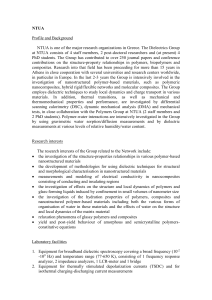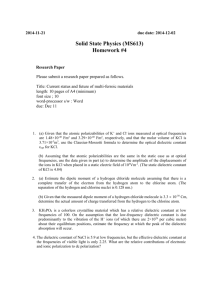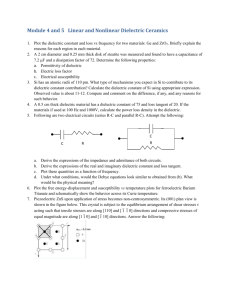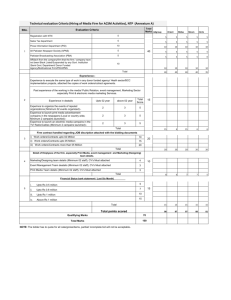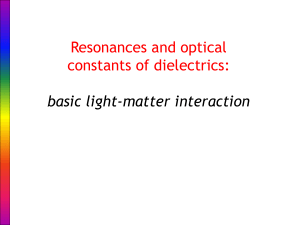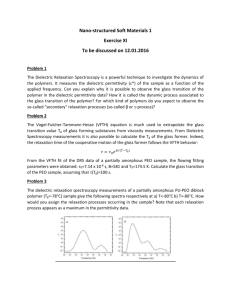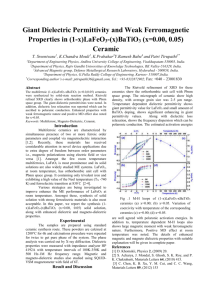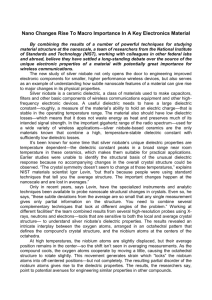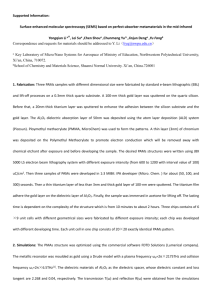121014091238AbstractBangaloreNano2014
advertisement
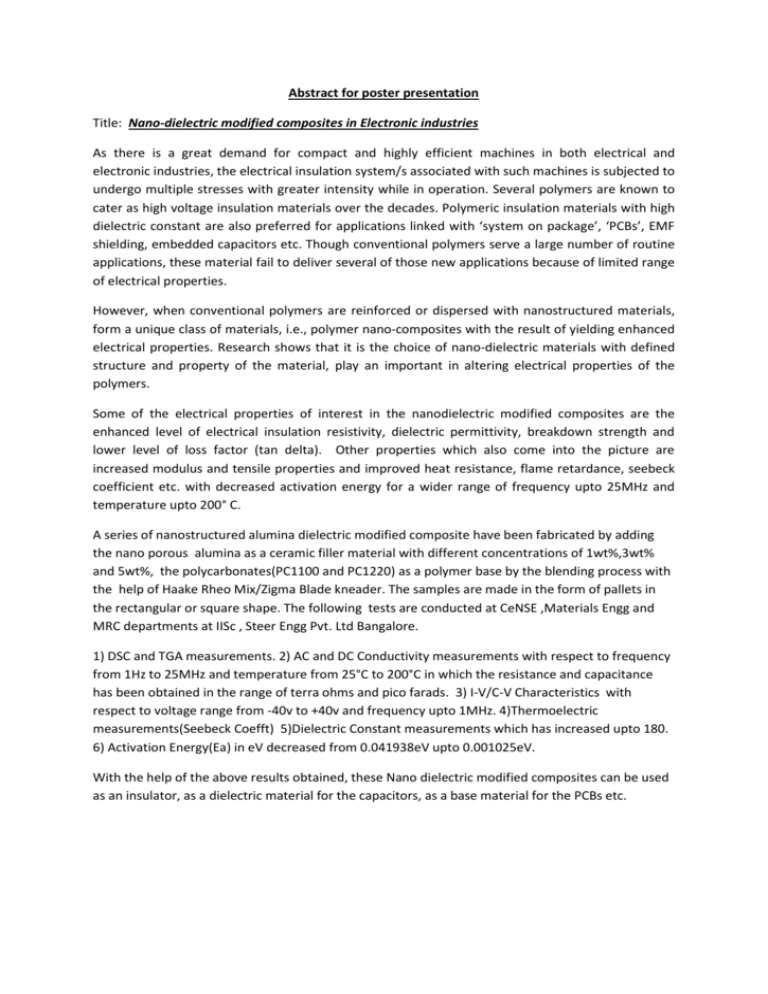
Abstract for poster presentation Title: Nano-dielectric modified composites in Electronic industries As there is a great demand for compact and highly efficient machines in both electrical and electronic industries, the electrical insulation system/s associated with such machines is subjected to undergo multiple stresses with greater intensity while in operation. Several polymers are known to cater as high voltage insulation materials over the decades. Polymeric insulation materials with high dielectric constant are also preferred for applications linked with ‘system on package’, ‘PCBs’, EMF shielding, embedded capacitors etc. Though conventional polymers serve a large number of routine applications, these material fail to deliver several of those new applications because of limited range of electrical properties. However, when conventional polymers are reinforced or dispersed with nanostructured materials, form a unique class of materials, i.e., polymer nano-composites with the result of yielding enhanced electrical properties. Research shows that it is the choice of nano-dielectric materials with defined structure and property of the material, play an important in altering electrical properties of the polymers. Some of the electrical properties of interest in the nanodielectric modified composites are the enhanced level of electrical insulation resistivity, dielectric permittivity, breakdown strength and lower level of loss factor (tan delta). Other properties which also come into the picture are increased modulus and tensile properties and improved heat resistance, flame retardance, seebeck coefficient etc. with decreased activation energy for a wider range of frequency upto 25MHz and temperature upto 200° C. A series of nanostructured alumina dielectric modified composite have been fabricated by adding the nano porous alumina as a ceramic filler material with different concentrations of 1wt%,3wt% and 5wt%, the polycarbonates(PC1100 and PC1220) as a polymer base by the blending process with the help of Haake Rheo Mix/Zigma Blade kneader. The samples are made in the form of pallets in the rectangular or square shape. The following tests are conducted at CeNSE ,Materials Engg and MRC departments at IISc , Steer Engg Pvt. Ltd Bangalore. 1) DSC and TGA measurements. 2) AC and DC Conductivity measurements with respect to frequency from 1Hz to 25MHz and temperature from 25°C to 200°C in which the resistance and capacitance has been obtained in the range of terra ohms and pico farads. 3) I-V/C-V Characteristics with respect to voltage range from -40v to +40v and frequency upto 1MHz. 4)Thermoelectric measurements(Seebeck Coefft) 5)Dielectric Constant measurements which has increased upto 180. 6) Activation Energy(Ea) in eV decreased from 0.041938eV upto 0.001025eV. With the help of the above results obtained, these Nano dielectric modified composites can be used as an insulator, as a dielectric material for the capacitors, as a base material for the PCBs etc.
